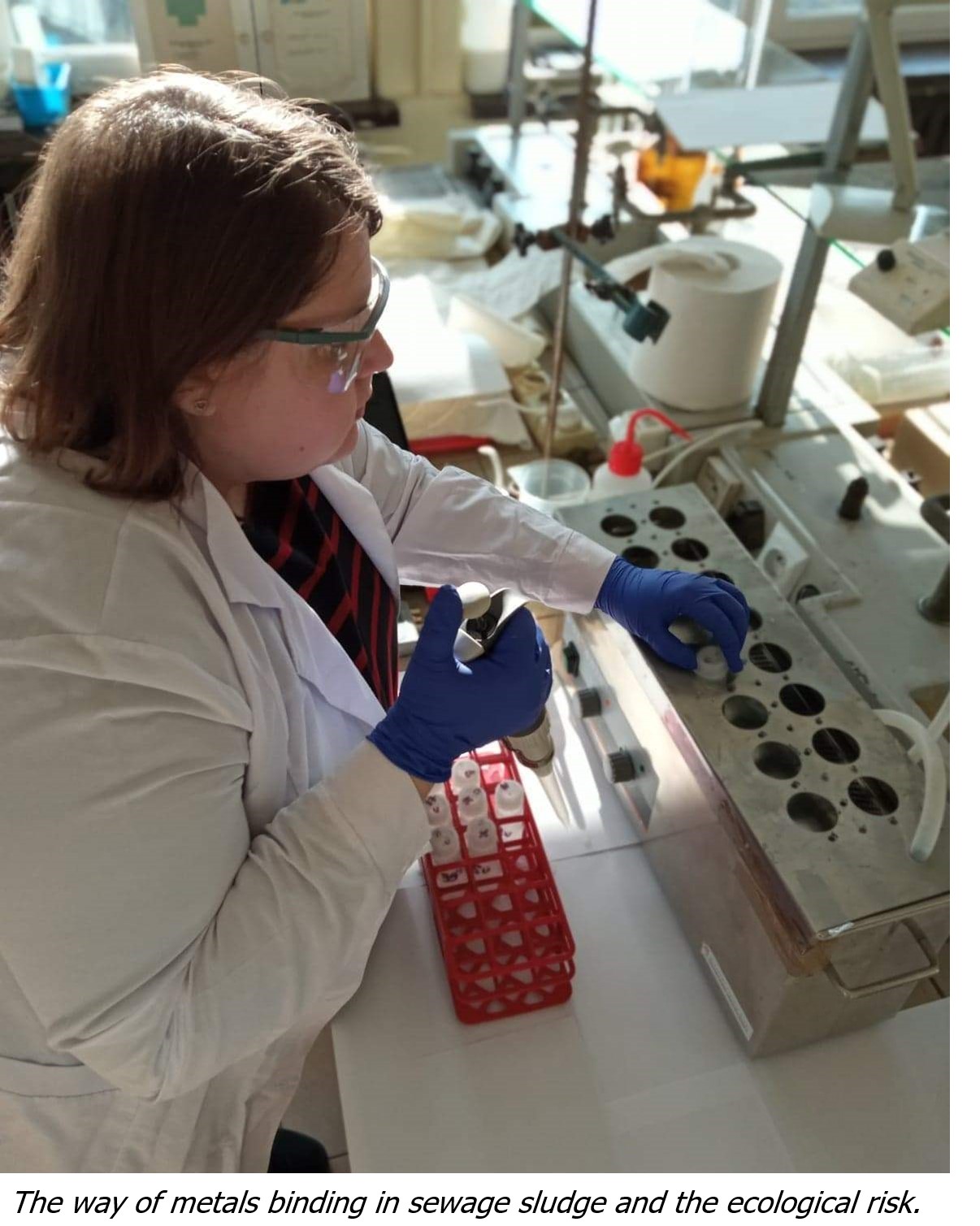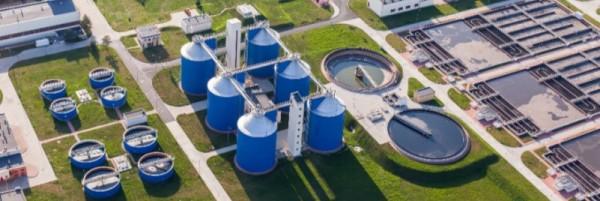
The presence of the heavy metals and microbiological contaminations is the main criterion of the sewage sludge natural use at the municipal wastewater treatment plants. The analysis of the total heavy metal content in the sewage sludge, is therefore one of the most important elements of the assessment of potential threat to the environment and living organisms. The sequential extraction is the method which allows to identify the sewage sludge metals chemical forms (mobile and immobile). In the case of the sewage sludge, the most commonly applied method is so-called modified three-step sequential extraction according to procedure of the Community Bureau of Reference (BCR; now the Standards, Measurements and Testing Programme). This method allows for the determination of extractable metal contents in a sewage sludge, and also is applied for the precise evaluation of their availability to migration from the sludge to the environment. However, total content of heavy metals and their chemical forms of occurrence in sewage sludge are determined by many factors, among which we can distinguished changes in the physicochemical characteristics of the sludge, in a function of various processes occurring during municipal wastewater treatment.
The main aim of the Project is to indicate the factors that affect metals binding (i.e. chemical forms of their occurrence, depending on the components of sludge, with which they are associated) in municipal sewage sludge, in the function of wastewater treatment and sludge processing, including more popular method of intensification of the anaerobic stabilization, i.e., ultrasonic disintegration of thickened excess sludge. In this aspect it is necessary to recognize the overall content and chemical forms of the selected heavy metals (Zn, Cu, Ni, Pb, Cd, Cr, and Hg) present in the sewage sludge, in successive stages of its processing. The study will be include selected municipal wastewater treatment plants, witch apply the ultrasonic disintegration process. The research planned in the Project also includes modifying the process of sequential extraction of metals from sewage sludge using ultrasound. This action is aimed at shortening the extraction time while maintaining a high efficiency of the process.
The results of Stage I of the research confirm the possibility of using ultrasound in the process of sequential extraction of sewage sludge, which significantly shortens the time of the procedure used, and at the same time is a measurable effect of the Project implementation.




